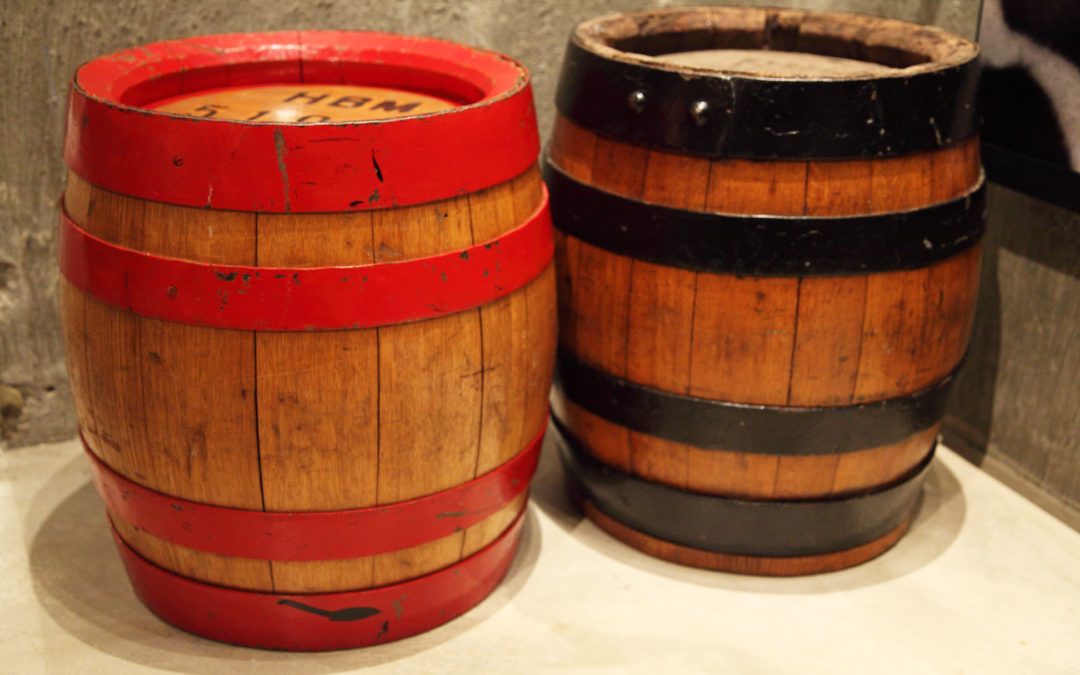Recently, a friend asked me to help her find a wine similar to one she drinks at her favorite restaurant. As always, I start by asking, “tell me what you like about the wine.” She began by saying it was chardonnay — but different from others she had tasted: “It wasn’t sweet, tangy or oaky. It was almost creamy and buttery.” This was an easy one to figure out because chances were she was describing a chardonnay that had undergone malolactic fermentation.
To understand malolactic fermentation, keep in mind the first step in transforming grape juice to wine happens as the sugar is converted to alcohol with the help of yeast. Eventually the step will end because there is no more sugar for the yeast to feed on. This is where “malo” begins. For centuries, it was regarded as one of wine’s unsolvable mysteries. Cellar masters noticed that their wines changed after fermentation into smoother, more full-bodied, supple styles. Because it was a mystery (and obviously technology had not yet caught up), there was no way to control this process.
In the mid-20th century Frenchman Pascal Ribereau-Gayon discovered it was not a mystery at all but the result of secondary fermentation when malic acid is converted to lactic acid. Malic acid is the tart acid in grapes also found in green apples, and lactic acid is the softer creamy acids found in milk, cheese and yogurt. Chardonnay is one of the classic examples of the presence of malolactic fermentation during barrel aging; fuller mouth-feel and creamy texture are a direct result from this method. The buttery taste in many chardonnays is from a component named “diacetyl” that occurs during this process.
A lot of crisp white wines, such as sauvignon blanc, Riesling and gewurztraminer will not benefit from malolactic fermentation. The process is prevented by chilling, filtering or adding fining agents or enzymes. And when a winemaker wants to produce a chardonnay in a crisp fruity style, the process is prevented using one of those methods. Occasionally the two styles are combined with a wine style that has crispness and nuances of butter and toasty oak.
Red wines are generally allowed to go through the malolactic fermentation because otherwise they tend to be harsh and astringent. After the malic acid is converted to lactic, red wines are softer and smoother.
Generally, the smell of vanilla, butter, dill and coconut are attributes from oak aging, but the textures of some chardonnays will be described as creamy, smooth, oily and even waxy. Today’s Value and Splurge are examples of wines benefiting from this process and a little help from barrel.
THE VALUE
- 2016 La Crema Chardonnay, California (about $20 retail)
THE SPLURGE
- 2016 Rombauer Carneros Chardonnay, California (about $41 retail)
